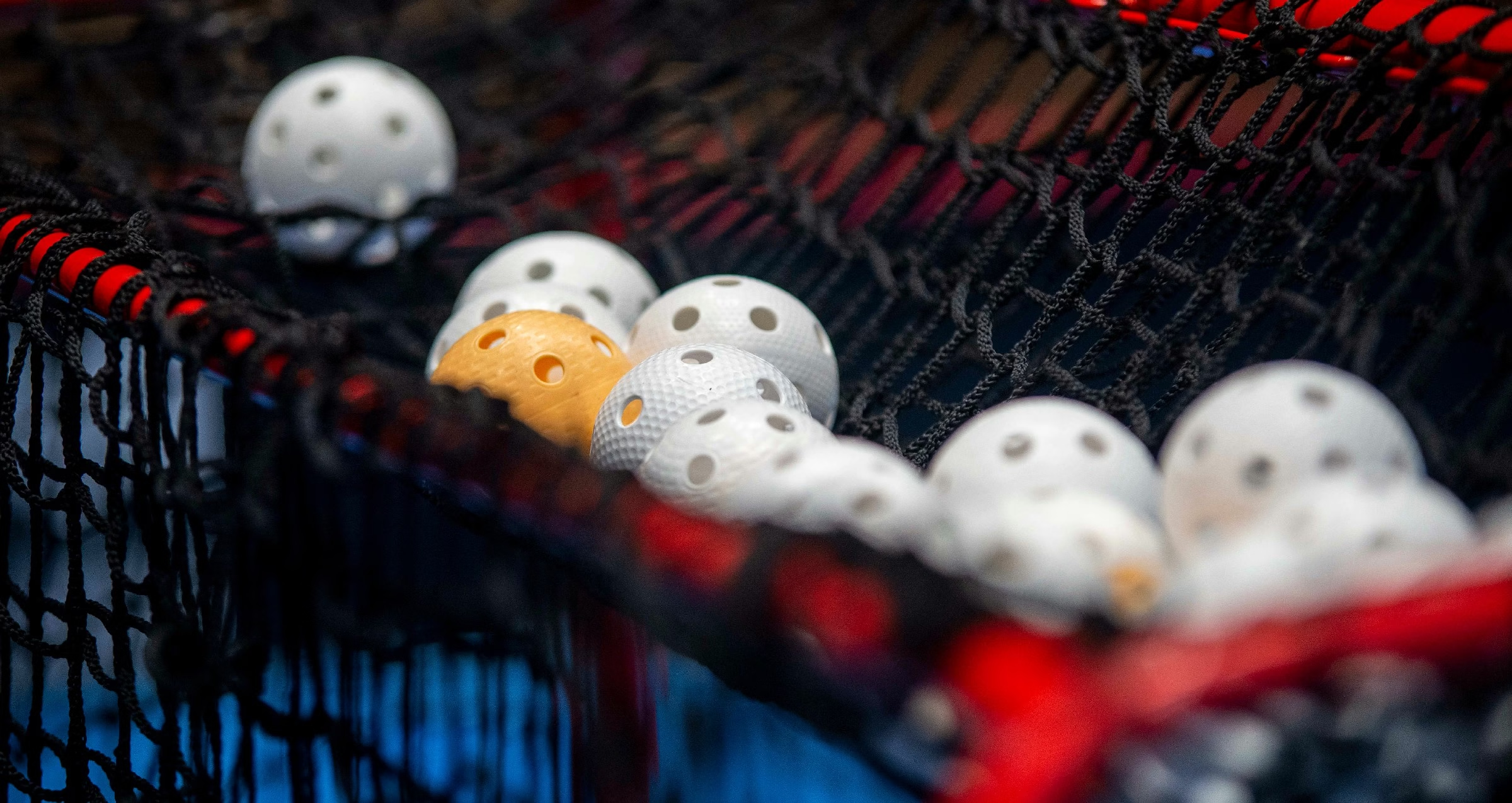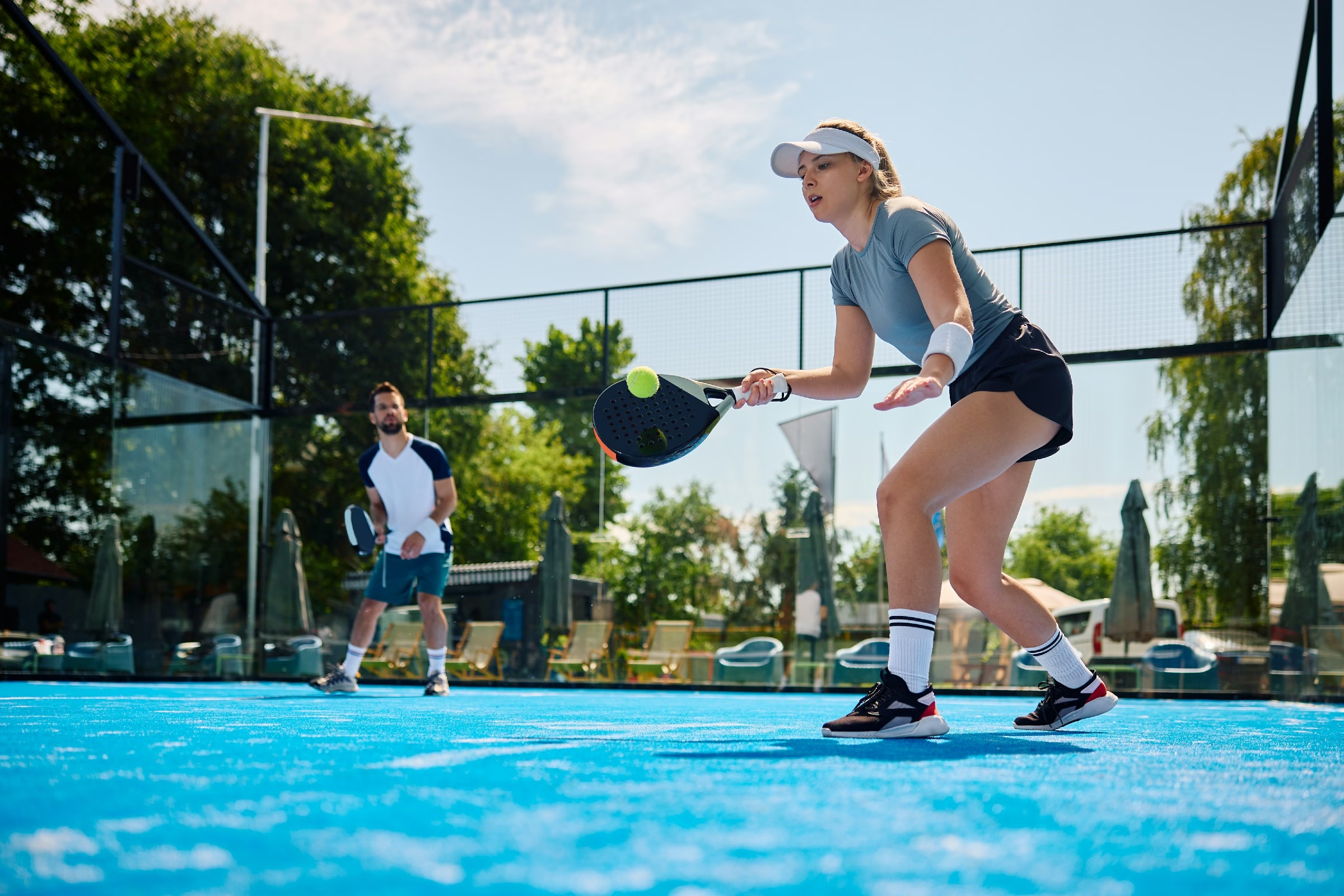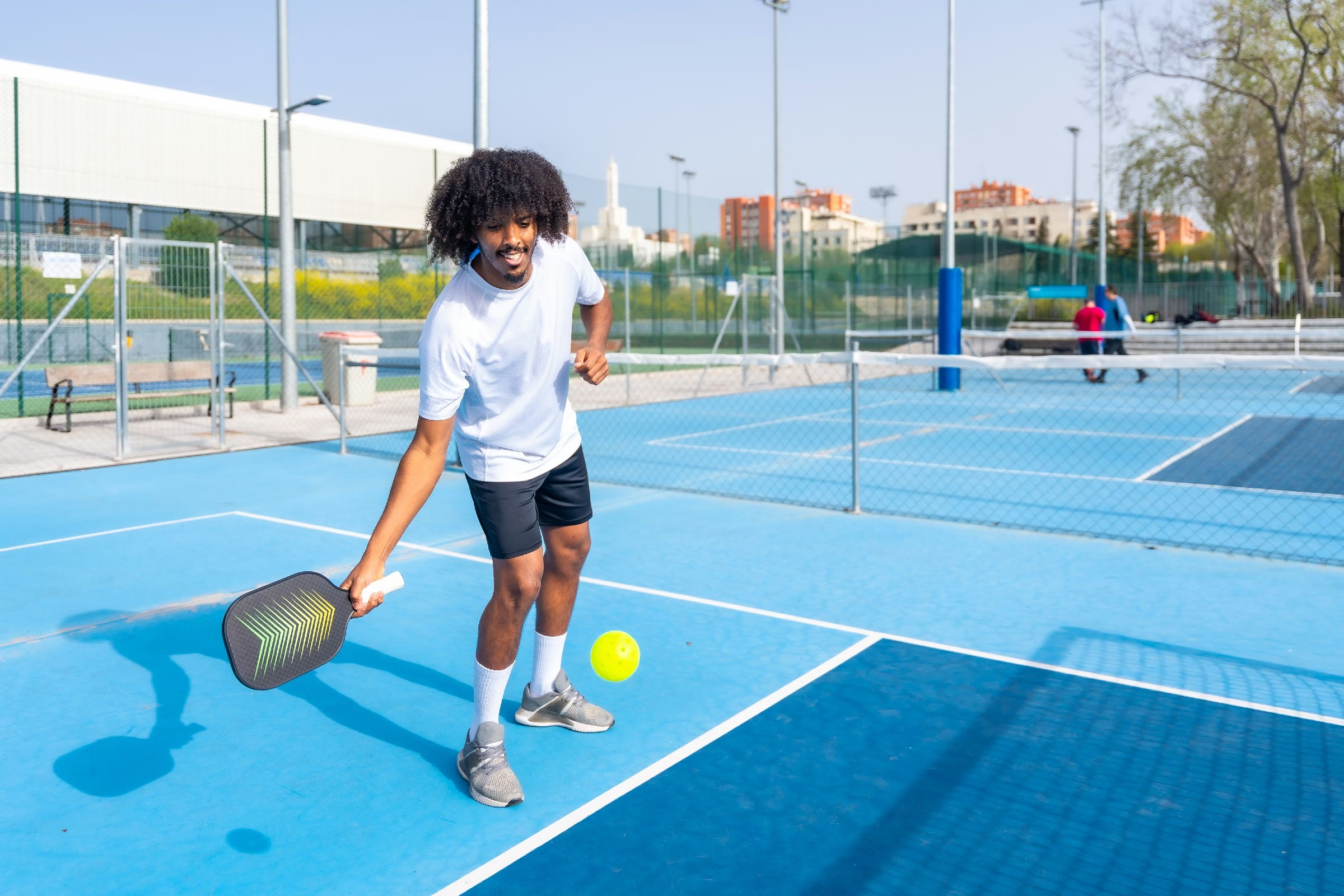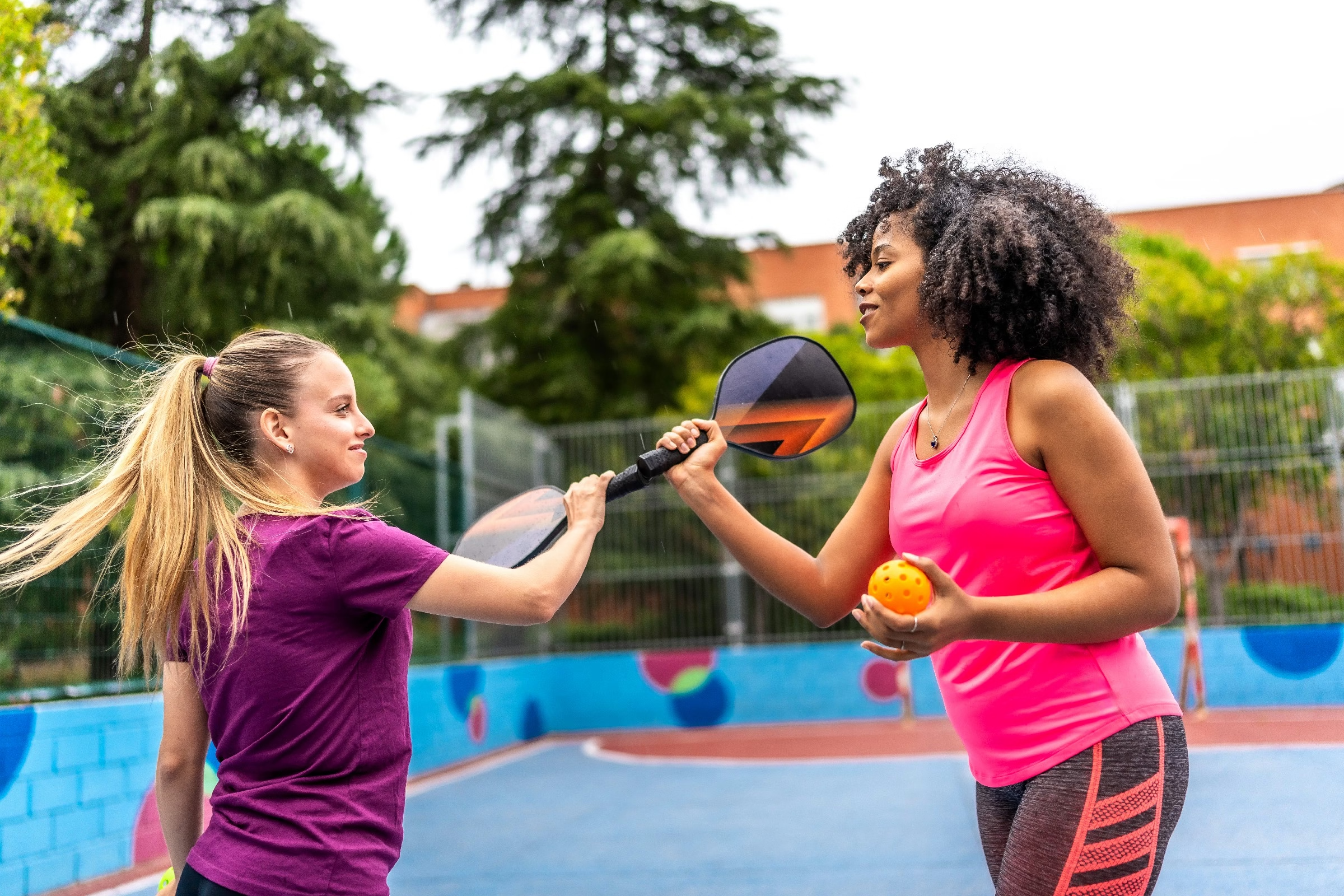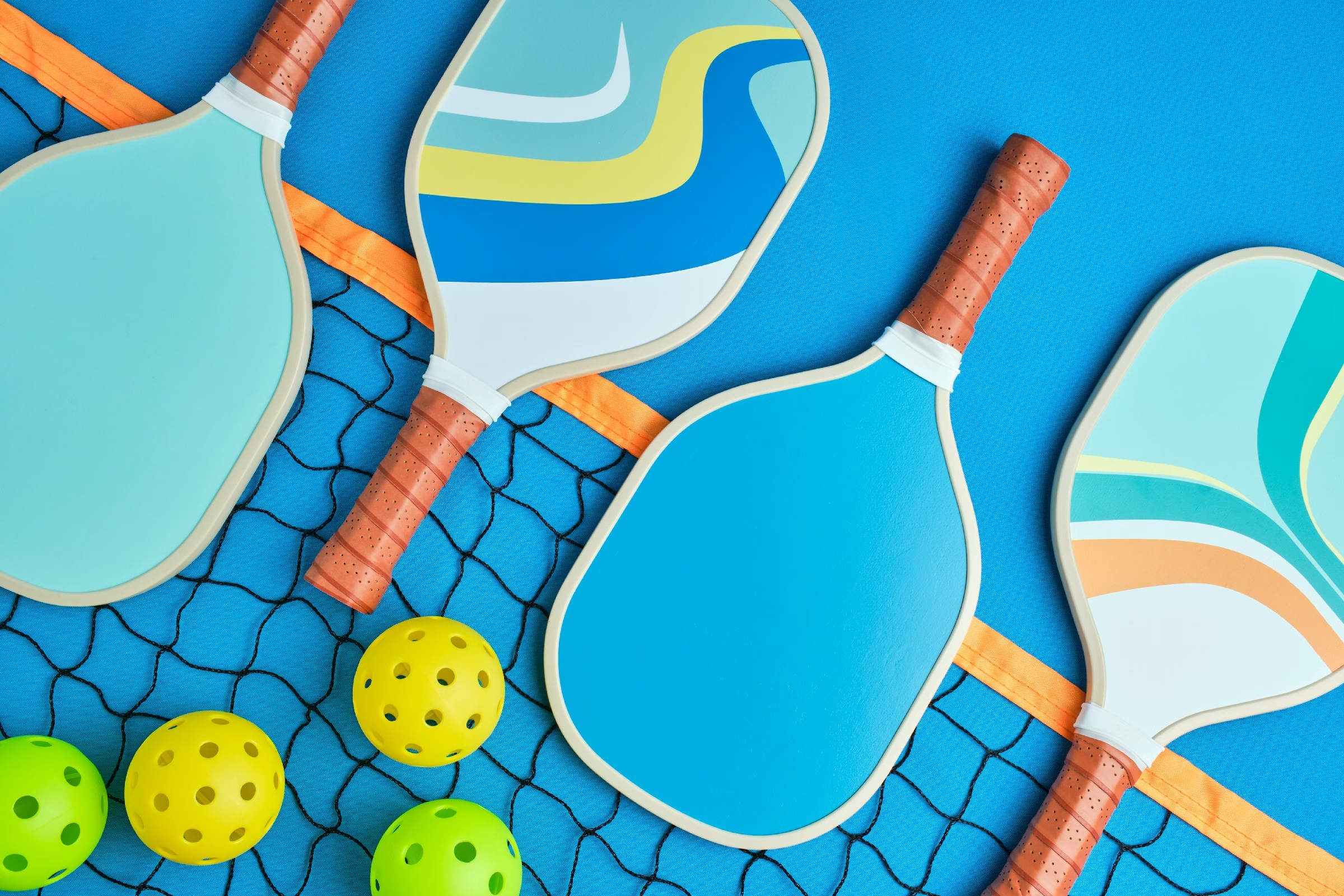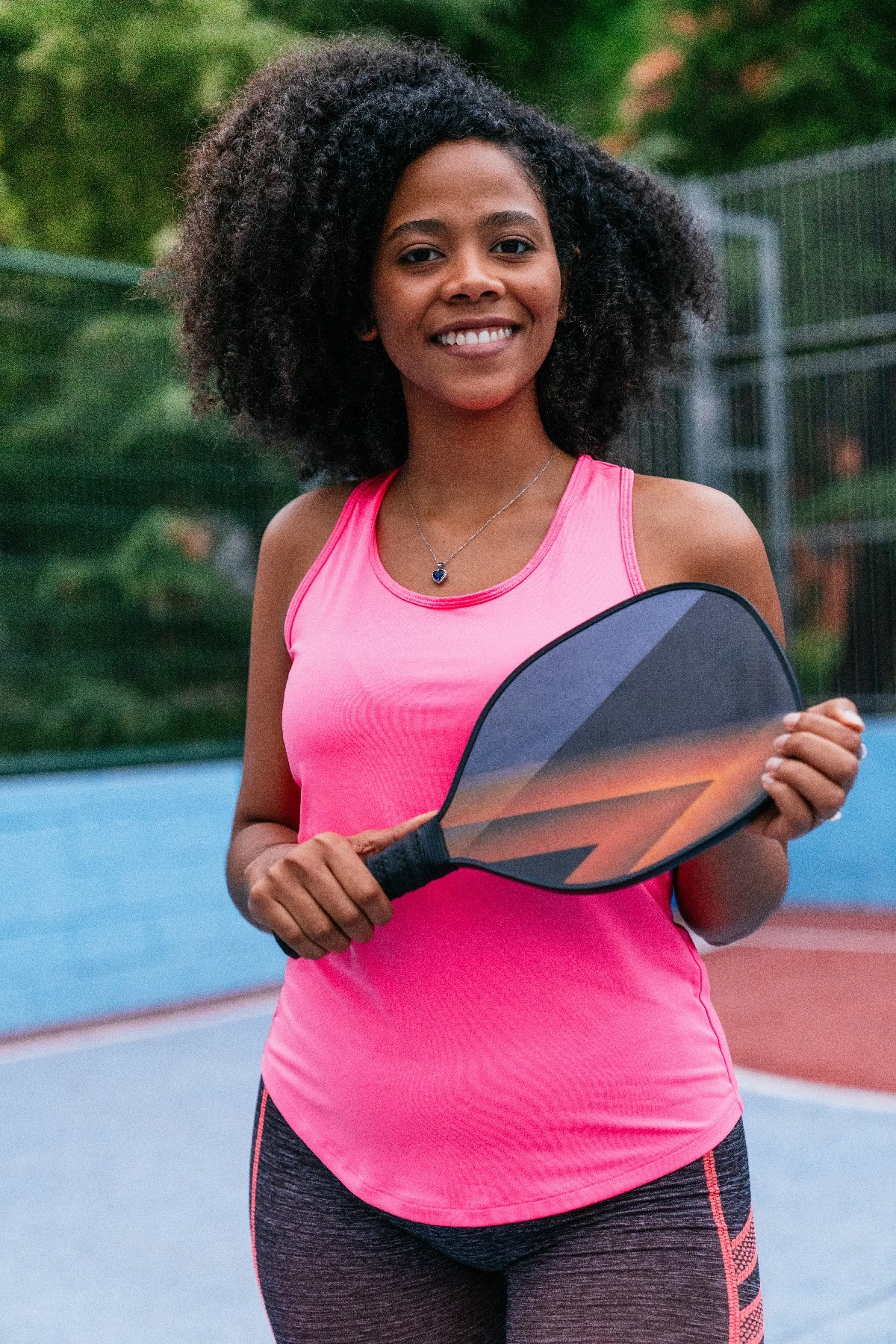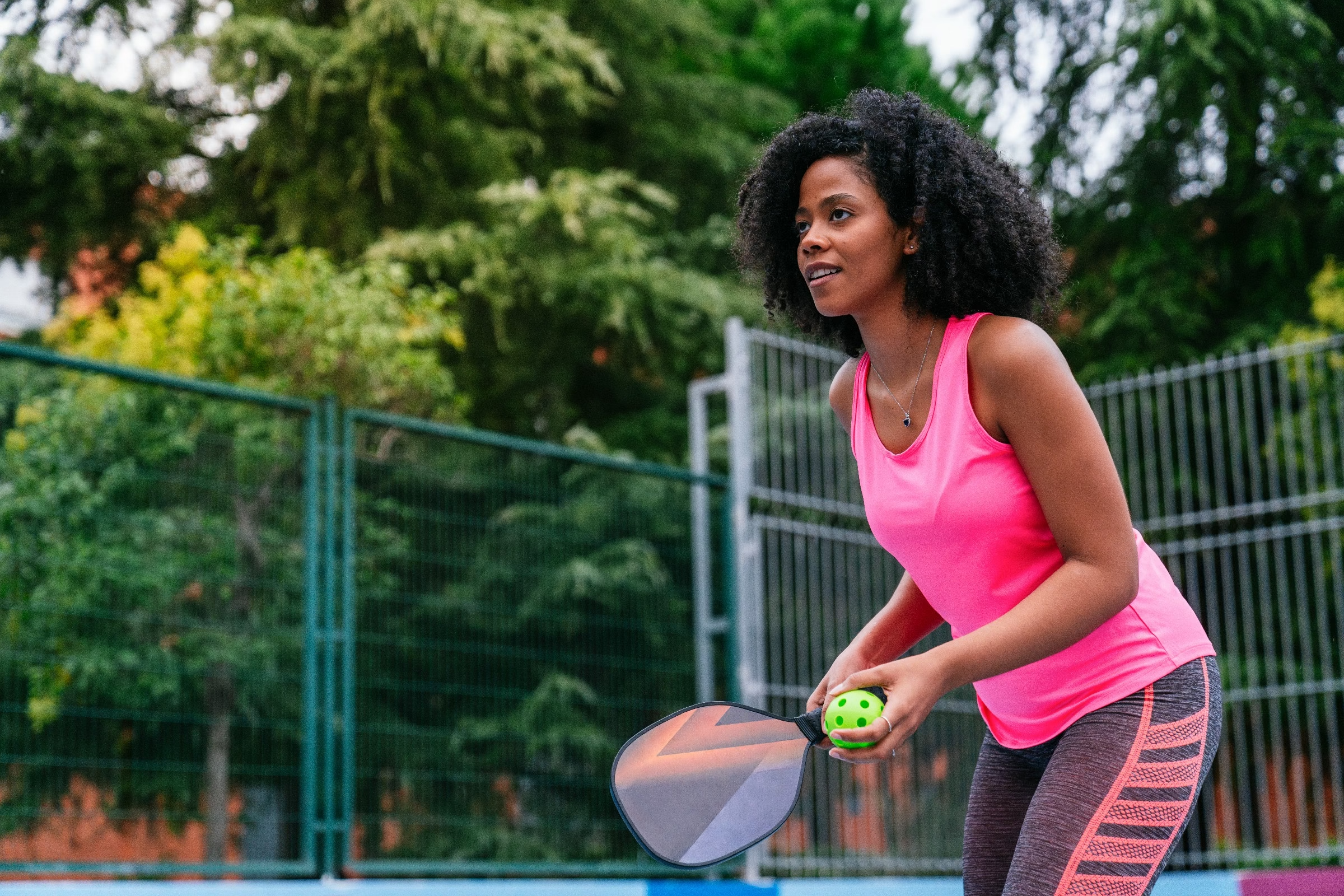Blog
how is a pickleball paddle made
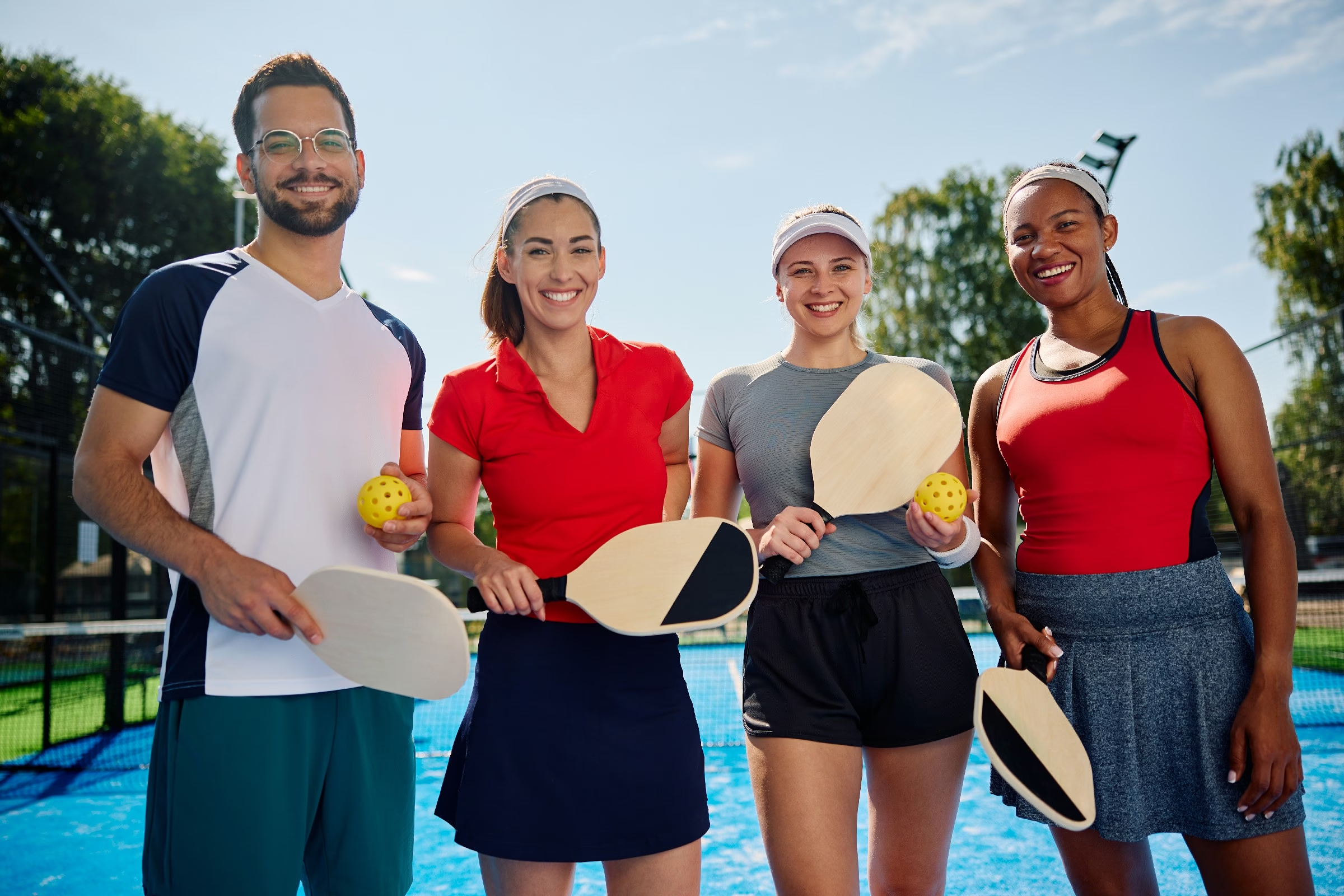
In the world of sports, few pastimes have captured the creativity and enthusiasm of players like pickleball. As this rapidly growing game draws in enthusiasts of all ages, it’s the paddle—the essential tool of the trade—that takes center stage. But have you ever paused to wonder about the journey of a pickleball paddle, from raw materials to finely crafted equipment? this article delves into the intricate process of paddle manufacturing, uncovering the artistry and engineering behind one of the most pivotal elements of the game. Join us as we explore the science,craftsmanship,and innovation that transform simple components into high-performing paddles,elevating the experience of players on courts everywhere.
Table of Contents
- Understanding the Components of a Pickleball Paddle
- The manufacturing Process: From Concept to Creation
- Choosing the right Materials for Performance and Durability
- Design Features That Enhance Playability and comfort
- Quality Control Measures in Pickleball Paddle production
- Tips for Selecting the Ideal Paddle for Every Skill Level
- Q&A
- Future Outlook
Understanding the Components of a Pickleball Paddle
Creating a pickleball paddle involves several essential components, each contributing to its overall performance and feel. The core is the heart of the paddle, typically made from materials such as polymer, aluminum, or wood. Polymer cores are lightweight and provide excellent shock absorption,whereas aluminum offers sturdiness and added power. The choice of core affects the paddle’s weight, balance, and responsiveness, impacting how players experience the game.
The next vital element is the face, which interacts directly with the ball. It’s generally crafted from durable materials like fiberglass or carbon fiber. Fiberglass is often less expensive and provides a good balance of power and control,making it ideal for recreational players. On the othre hand, carbon fiber tends to be more advanced, offering superior strength, lighter weight, and enhanced spin capabilities. This difference can influence how much control a player has over their shots.
Lastly, the grip is a crucial aspect of the paddle, affecting how agreeable and secure it feels in a player’s hand during play. Grips come in various sizes and materials, including cushioned and textured options. A well-designed grip can reduce the chances of slippage and enhance a player’s overall control of the paddle. some paddles offer replaceable grips, allowing players to customize their feel for maximum comfort. Here’s a simple overview of key components:
| Component | Material Options | Functionality |
|---|---|---|
| Core | Polymer, Aluminum, Wood | Weight distribution, shock absorption |
| Face | Fiberglass, Carbon Fiber | Impact control, spin generation |
| Grip | Cushioned, Textured | Comfort, control |
The Manufacturing Process: From Concept to creation
The journey of creating a pickleball paddle begins with careful conceptualization. Designers and engineers collaborate to determine the ideal specifications based on player preferences and performance characteristics.The initial phase frequently enough involves:
- Research and Growth: Analyzing existing products and gathering user feedback.
- Material Selection: Choosing the right combination of wood, composite, or plastic to achieve the desired balance of weight, durability, and feel.
- Prototyping: Creating multiple designs to test and refine before proceeding to mass production.
Once a prototype has been finalized, the manufacturing process moves into the production phase. This stage utilizes advanced technology and skilled craftsmanship to turn concepts into tangible products. Key steps include:
| Step | Description |
|---|---|
| Material Readiness | Cutting and shaping the selected materials into the desired paddle components. |
| Assembly | Joining the face, core, and handle using adhesives and specialized techniques. |
| Finishing Touches | Applying protective coatings, graphics, and final quality checks before packaging. |
The final stage involves quality assurance and distribution. Each paddle undergoes rigorous testing to ensure it meets industry standards and performs optimally in real-world conditions. Manufacturers regularly implement:
- Performance Testing: Evaluating paddle response, grip, and power through gameplay simulations.
- Inspection: Checking for structural integrity and ensuring aesthetic components align with brand standards.
- Logistics: Preparing for shipment and delivering to retailers or direct to consumers, ensuring accessibility for players around the world.
Choosing the Right Materials for Performance and Durability
When crafting a pickleball paddle, the selection of materials plays a critical role in achieving the desired performance and longevity. The core, face, and grip each require distinct materials tailored for excellence. As an example,many paddles utilize a composite core made of materials like polymer or aluminum,which not only provide a lightweight feel but also deliver superior power and control during gameplay. The choice of core significantly impacts the paddle’s overall response and touch on the ball.
On the outer surface, players often encounter paddles crafted from fiberglass, carbon fiber, or wood. Each of these materials offers unique benefits: fiberglass is known for its durability and affordability, making it suitable for recreational players; carbon fiber, on the other hand, provides enhanced stiffness and a larger sweet spot, favored by competitive players.Wood paddles are typically heavier and offer a conventional feel, appealing to hobbyists while maintaining decent durability.
the importance of grip material should not be overlooked. Players need a comfortable and secure grip to enhance their control during play. Many paddles feature grips made from polyurethane or latex, materials that offer excellent traction and shock absorption. Additionally, the thickness of the grip is customizable in many models, allowing players to choose a feel that best suits their hand size and playing style. Below is a simple table summarizing the materials and their characteristics:
| Material | Core/Face | Characteristics |
|---|---|---|
| Polymer | Core | Lightweight, power-oriented |
| Carbon Fiber | Face | Stiff, large sweet spot |
| Fiberglass | Face | Durable, good for beginners |
| Wood | Face | Traditional, heavier |
| Polyurethane | Grip | Traction, shock absorption |
Design Features That Enhance Playability and comfort
Innovative design features play a crucial role in enhancing the playability and comfort of a pickleball paddle.From the grip to the face material, these elements contribute significantly to the overall performance. A well-crafted paddle balances lightweight construction with robust durability,allowing players to maneuver effectively while maintaining control during volleys. The choice of materials influences not just strength but also how the paddle behaves when striking the ball, impacting spin and speed.
one of the key aspects to consider is the grip design. A comfortable grip allows for better control and reduces the risk of slippage during intense play. Various textures and materials can be used in grips to cater to different hand sizes and preferences. Players might prefer a tacky feel for stability or a softer grip for comfort during extended sessions. additionally, the ergonomic shape of the handle can alleviate strain, enabling longer gameplay without discomfort.
Another crucial feature is the head shape and size of the paddle, which affects the sweet spot—the area that provides the most effective playability. Wider paddles often offer a larger sweet spot,enhancing accuracy during shots,while narrower designs can provide increased maneuverability for speedy exchanges at the net. Here’s a quick comparison of paddle designs to consider:
| design | Sweet Spot | Agility |
|---|---|---|
| Wide Paddle | Large | Moderate |
| Narrow Paddle | Smaller | High |
Ultimately, the sophisticated blend of materials, grip comfort, and paddle shape results in equipment that not only meets competitive standards but also maximizes each player’s enjoyment on the court. By investing in a paddle that incorporates these design features, players can unlock their full potential while enjoying the vibrant game of pickleball.
quality Control Measures in Pickleball Paddle Production
In the world of pickleball, quality control measures are critical to ensuring that each paddle meets the necessary standards for performance and durability. Manufacturers employ a multi-faceted approach to inspect materials and craftsmanship throughout the production process. This begins with the selection of high-quality materials, which are rigorously tested for strength, consistency, and resilience against wear and tear. Each batch of materials undergoes initial inspections that evaluate:
- Material composition: Ensuring all components meet industry specifications.
- Finish quality: Checking for any imperfections or inconsistencies.
- Weight distribution: Verifying that paddles are correctly balanced.
Once the raw materials pass inspection, the actual production process includes several checkpoints where skilled technicians evaluate each paddle. They focus on critical aspects such as handle integrity, surface texture, and core stability. during these evaluations, paddles are often subjected to a variety of tests, including:
| Test Type | Description | Purpose |
|---|---|---|
| Strength Test | Paddles are subjected to various impacts. | To assess durability under realistic play conditions. |
| Flex Test | Measures how much a paddle can bend. | To ensure optimal response and feel during play. |
| Surface Grip Test | Evaluates the texture of the paddle surface. | To confirm enhanced control and ball spin. |
once paddles reach the finish line, a final quality assurance review is conducted. This may include visual inspections for defects, sorting by weight and size, and even performance testing in simulated gameplay scenarios. Each paddle that passes all checkpoints is then packaged with care, ensuring it reaches enthusiasts ready for their next match, with assurance that it embodies the highest standards of quality and performance in pickleball.
Tips for Selecting the Ideal Paddle for Every Skill Level
Selecting the right paddle can greatly enhance your pickleball experience, and it’s essential to consider the different factors that cater to your skill level.Beginners often benefit from lightweight paddles that offer a larger sweet spot, making it easier to hit the ball consistently. Look for paddles made from composite materials with a polymer core, as these provide forgiving play while remaining durable. Intermediate players may want to explore paddles with a balanced weight distribution,allowing for better control and precision without sacrificing power.For advanced players, specific attributes such as weight and grip size become paramount in refining their performance. heavier paddles typically provide more power for aggressive shots, while lighter paddles offer superior maneuverability around the court. Consider trying out paddles with different grip textures as well, as a well-fitted grip can significantly enhance handling during rapid exchanges. Additionally, explore paddles featuring various surface textures to find the right blend of spin and control to complement your playing style.
Don’t forget to assess the paddle materials and their overall construction, as these elements reflect on the paddle’s performance. Below is a table showcasing popular paddle materials and their characteristics to assist in your selection process:
| Material | Characteristics | Best For |
|---|---|---|
| wood | Affordable, durable | Beginners |
| Composite | Lightweight, good power | Intermediate |
| Graphite | Excellent touch, control | Advanced |
Ultimately, prioritizing personal comfort while playing is critical nonetheless of your skill level. Make time to test different paddles; the right fit can transform your game and inspire confidence on the court. Whether you’re just getting started or fine-tuning your skills, understanding these factors will lead you to select the ideal paddle that matches your style and enhances your play!
Q&A
Q: What materials are commonly used in the construction of a pickleball paddle?
A: Pickleball paddles are typically made from a variety of materials depending on the desired performance characteristics. Common cores include polymer, Nomex, and aluminum, while the surfaces can be constructed from wood, fiberglass, or composite materials. Each combination offers different levels of durability, weight, and control.
Q: Can you describe the process of making a pickleball paddle?
A: Certainly! The process begins with selecting the materials. Once the core material is chosen,it is indeed cut to size,then layers of surface material are adhered to the core using an epoxy resin. The paddle is then shaped and trimmed to the final design. Sanding and finishing touches follow to ensure a smooth surface and comfortable grip.
Q: How do manufacturers ensure the paddles meet specific performance standards?
A: Manufacturers conduct rigorous testing throughout the production process. This includes measuring the paddle’s weight,balance,and surface texture.Some companies will use high-tech equipment to analyze the paddle’s response to impact,ensuring that it provides the desired power and control to the player.
Q: Are there different designs or technologies that impact paddle performance?
A: Absolutely! Paddle designs have evolved significantly over the years. Some paddles feature specialized surface textures to enhance spin, while others incorporate advanced technologies like honeycomb cores to reduce weight without compromising strength. The choice of grip size and shape also plays a key role in how effectively a player can handle the paddle.
Q: Why is quality control critically important in pickleball paddle manufacturing?
A: Quality control is crucial to ensure that each paddle performs consistently and meets the standards expected by players. This includes checking for uniformity in batch production, ensuring that the materials used are of the highest quality, and conducting final inspections to confirm that the paddle feels right in a player’s hand.
Q: Is there any innovation happening in the pickleball paddle industry?
A: Yes,the pickleball paddle industry is continuously evolving. Innovations include the use of new lightweight materials, environmentally amiable manufacturing processes, and even smart technology that can track a player’s performance and provide feedback. As the sport grows in popularity, manufacturers are keen to push the boundaries of paddle design to meet the needs of players at all skill levels.
Q: Are there specific brands that are known for their paddle craftsmanship?
A: While there are many brands in the market, some are particularly recognized for their craftsmanship and innovation, such as Paddletek, Selkirk, and Onix. Each of these brands has its own unique approach to paddle design and material selection, frequently enough bringing their own technology and style to the game.
Q: How can a player choose the right paddle for their playing style?
A: Choosing the right paddle involves considering factors such as weight, material, grip size, and paddle shape. Players should assess their playing style—whether they prefer power or control—and try out different paddles to find what feels best. Many local clubs or sporting goods stores will offer demos to help players make informed decisions.
—
Q: How does the manufacturing process reflect on the paddle’s price?
A: Generally,the more advanced the materials and technology used in a paddle,the higher the price point. Paddles with superior construction methods, specialized materials, and brand reputation are likely to be more expensive. However, there are also well-made entry-level paddles that can provide excellent performance without breaking the bank, making the sport accessible to newcomers.
Future Outlook
As we journeyed through the intricate process of creating a pickleball paddle, we uncovered the meticulous craftsmanship that goes into each stroke of design and development. From the careful selection of materials to the precision of manufacturing techniques, every step contributes to the performance and feel of the paddle in the hands of players. As you take your next serve or volley,you can appreciate the blend of technology and artistry that has shaped your equipment. So whether you’re a seasoned pro or a curious beginner, understanding how your paddle is made brings a new level of appreciation to this dynamic sport.The next time you step onto the court, remember the journey that preceded your game—a testament to creativity, innovation, and the passion that defines pickleball. Happy playing!

